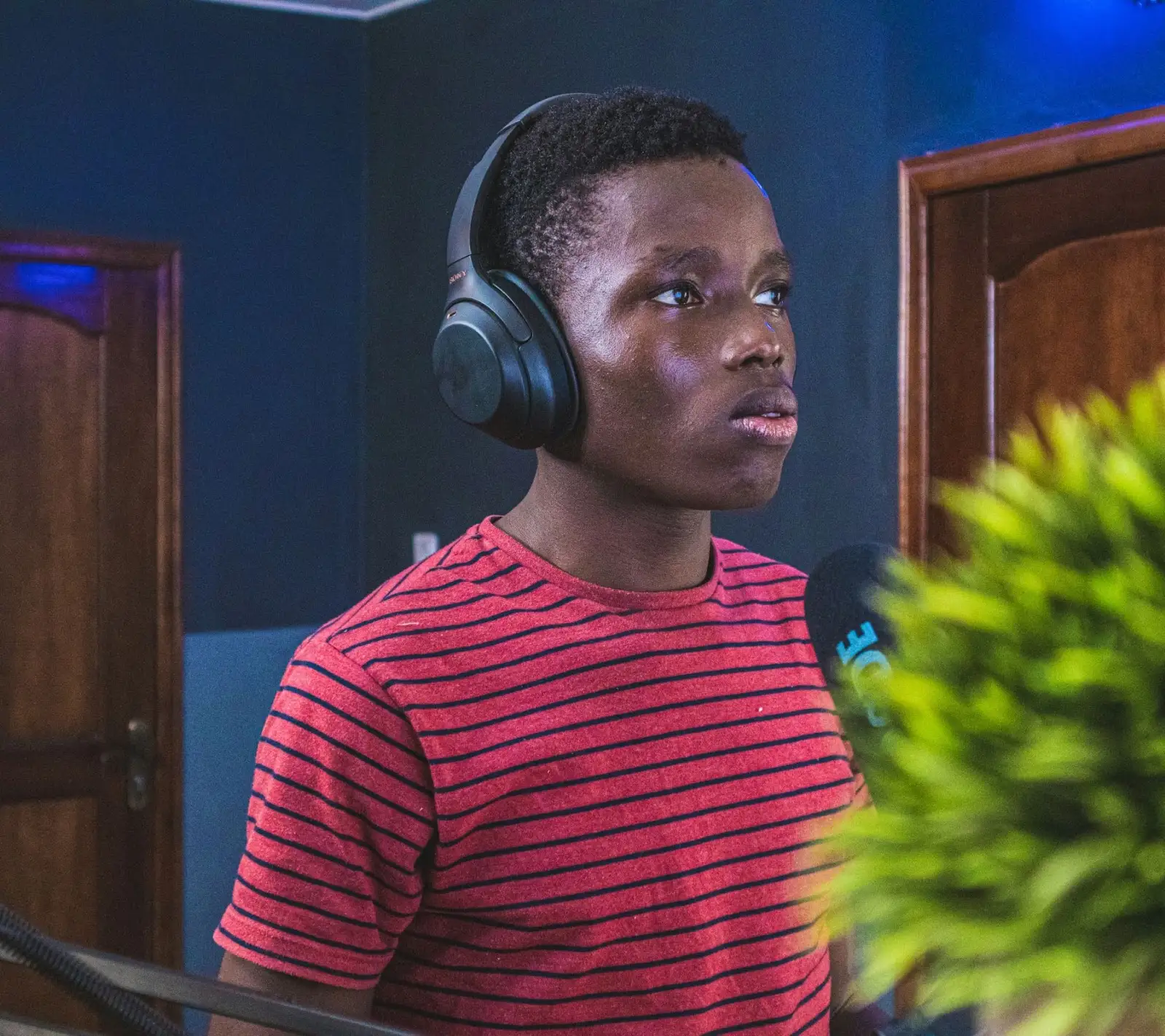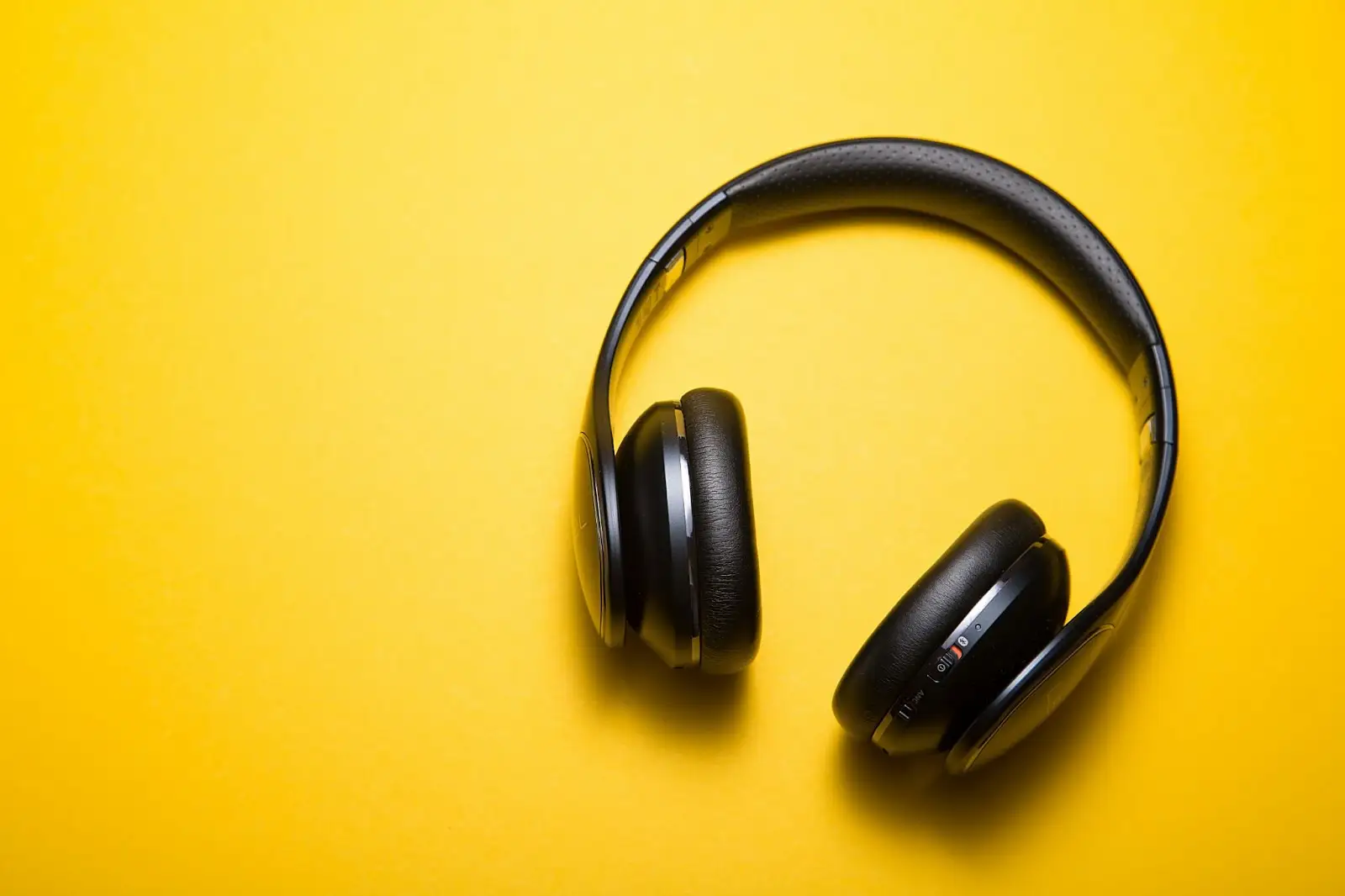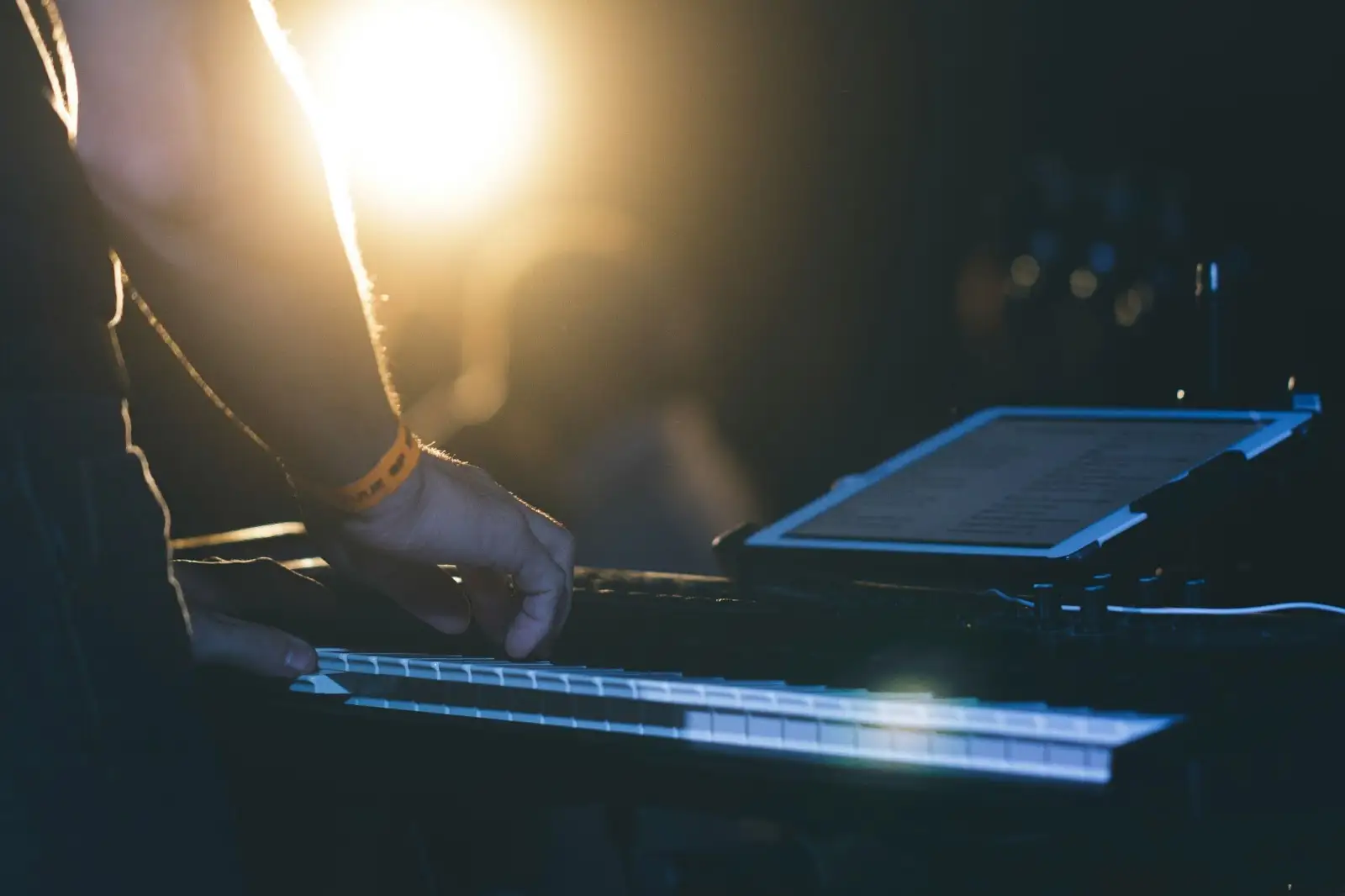Let’s face it, everybody listens to music. Even Nickelback fans. There’s nothing quite so satisfying as hitting up your favorite tune and sinking into the sound bath, letting all your worries wash away.
It’s awesome. And one of the reasons music lovers love music.
But if you’re a songwriter, musician or producer and that’s the only way you listen to music, you’re missing out on a huge part of your education, not to mention listening pleasure.
Forget Full Sail, SAE and the myriad online music courses out there. One of the BEST ways to learn more about music is by actively listening.
Say what now?
Passive Listening vs Active Listening
Passive Listening Definition
Most of the time when we listen to music, we’re in the middle of doing something else - folding laundry, waiting for the subway, whatever. This is what’s known as passive listening.
Streaming has made it super easy to be in passive listening mode; with a couple of clicks you can skip to a new song, or an entirely different artist.
There’s absolutely nothing wrong with this, and you can still enjoy music and ride the emotions of a song when you’re passively listening. I’m listening passively to music as I type. I can hear what’s going on and enjoy some songs and not others, but I’m not focused on the music.
Active Listening Definition
Active listening refers to the conscious act of listening. Rather than hearing things in your environment as you go about your day (including any music you’re playing), you're listening with a critical mindset.
In a nutshell, active listening means you're focused entirely on the piece of music, and nothing else.
Why is Active Listening Important?
For musicians, active listening is an important skill that can lead to a deeper appreciation of music, along with a heap of other practical benefits. It's just as important as beefing up your music theory or mixing skills. Here's why:
It helps you become a better musician
Active listening is an invaluable skill to help you grow as a musician, by building and developing your skills and knowledge of different types of music.
Your analytical skills will become sharper
Active listening helps you analyze music more deeply. You'll learn to recognize song structures and chord progressions much faster.
Your songwriting skills will improve
As Tom Waits said, you don't need to go to songwriting school. Just pay attention to an artist's music and you'll pick up the skills you need.
You'll learn new production techniques
By noticing and analyzing what's going on in a particular song through active listening you'll develop new and interesting production tricks to use in your own music.
You'll appreciate music more
Active listening will lead to a deeper understanding and appreciation of music. And as woo-woo as it sounds, this is a unique and priceless kind of satisfaction that money can't buy.
How to Actively Listen

Like any skill, you have to learn active listening skills. If you're new to active listening exercises it may feel strange at first, but you'll soon get the hang of it. Active listening skills improve over time.
The most important thing to remember is that you're here for the music, and only the music. Make sure the space you choose for listening to music is entirely free from distractions or other stimuli. That means no ambient sounds, roommates knocking on your door, and NO PHONE!
If you are listening to music on your phone turn it to airplane mode, or put it on Do Not Disturb , to avoid incoming calls (probably spam anyway).
Once you're in a place where you know you won't be interrupted, press play. And listen. Closely.
Your central task is to pay attention to the entire song, and not let the active listening session turn into zone-out mode. Passive listening means you're concentrating on something else. The active listening definition is simple; you're concentrating on the music.
That can be easier said than done, so here's some tips to help your active listening techniques.
Tips for Effective Active Listening

Get in the Zone
If you're not used to sitting still and just listening it's smart to mentally prepare yourself for the task. Switch off your computer screen, and make sure you feel relaxed.
Use Studio Monitors or Headphones
If you own a pair of studio monitors use them, not Alexa. Alternatively, find a good pair of studio quality headphones , and pop them over your lugholes.
Use High Quality Audio
Most streaming services by default stream music at less-than-stellar quality bitrates. While this is fine for washing dishes, it's not great for active listening sessions.
So if you're streaming, choose hi-fi streaming options. If you can find WAV, AIFF or FLAC files to use, even better.
Choose a Song You Know Well
For your first active listening music session pick a piece of music you know and love. This will help you pay attention to the finer details in the music.
Listen to One Thing at a Time
Rome wasn't built in a day, and you can't analyze all the aspects of a song in a single pass. Choose one aspect to listen to and focus on that. If you're bad at hearing rhythms for instance, pay attention to the rhythm section and what it's doing.
You can always go back and re-listen to the song focusing on another aspect.
Listen to Other Genres
Once you're more comfortable with active listening begin listening to styles of music outside of your regular comfort zone. Even if it's a musical genre you typically despise, find something to appreciate about it - production, performance, sound texture, songwriting etc. In this way you'll develop a unique and distinctive voice of your own .
Be Critical
What works? What doesn't? How would you improve the song? Try to maintain a degree of objectivity and put aside your personal taste while you do this. You don't have to like someone's production technique to appreciate the artistry behind it.
Active Listening Exercises: What to Listen For

Focusing on the music is only half the battle. You need to know what to focus on, and that will depend on what you're hoping to learn from your active listening skills.
Here's some ideas:
Overall Emotion
Pay attention to how the song as a whole makes you feel, and ask yourself how this is achieved. Is it from how the chords progress, or a particular instrument? Does the song shift tone at any point, and if so, how?
Tempo & Time Signature
Is the song song fast or slow? What's the time signature ? Does it stay the same throughout the whole song?
Does the time signature affect the mood of the song? Would the mood change if the tempo were faster?
Mix
Listen to the mix overall and note your reactions to it. Are the drums louder than you would mix them? Are the guitars safely tucked behind the vocalist?
Instrumentation
Aside from identifying all the different instruments playing, try to identify each line they play. You might hear something that isn't necessarily an instrument, so try to put a name to every sound you hear.
Listen for layers, and the timbral characteristics of each element of the layer.
Structure
When you're listening to a piece of music can you identify the song structure? Plenty of songs nowadays seem to follow the common structure of verse-chorus , but if you pay attention you may notice some surprises.
If you're interested in compositional structure try listening to some classical music, where the forms can be even more complex.
Style
Aside from the main musical genre of the piece, take note if there's influence from other styles and genres. The most innovative artists often blend multiple styles of music.
Technique
Do the musicians display technical skill on their instruments, or are they a bit rag-tag? Do they use a particular technique that you can apply to your own instrument?
Rhythm
Try to identify rhythmic patterns as you listen, and notice which ones repeat. Notice the function of the less rhythmic instruments.
Melody
Listen to the melody and take note of the range and contour it has. Does it move in jumps or steps?
Harmony
See if you can work out chord progression of a particular piece. How does this contribute to the mood?
Is one instrument playing full chords, or is the harmony created by layering different parts into a chord?
Production
Pinpoint any production aspects that stand out to you. Can you re-create them in your own projects?
Lyrics
Listen to the lyrics carefully. What imagery do they conjure up? How complex are they, and how do they fit with the music? What's the rhyme scheme ?
Visually Analyze the Frequency Content
Use a plug-in that lets you spectrum analyze a waveform to see what image the frequencies create. This is a great way of seeing what you're hearing .
Conclusion

Active listening makes you a better musician, producer, and songwriter. Plus, the more you actively listen the more enjoyment you'll get from all types of music.
So cut the distractions, go forth, and listeneth to the music!





